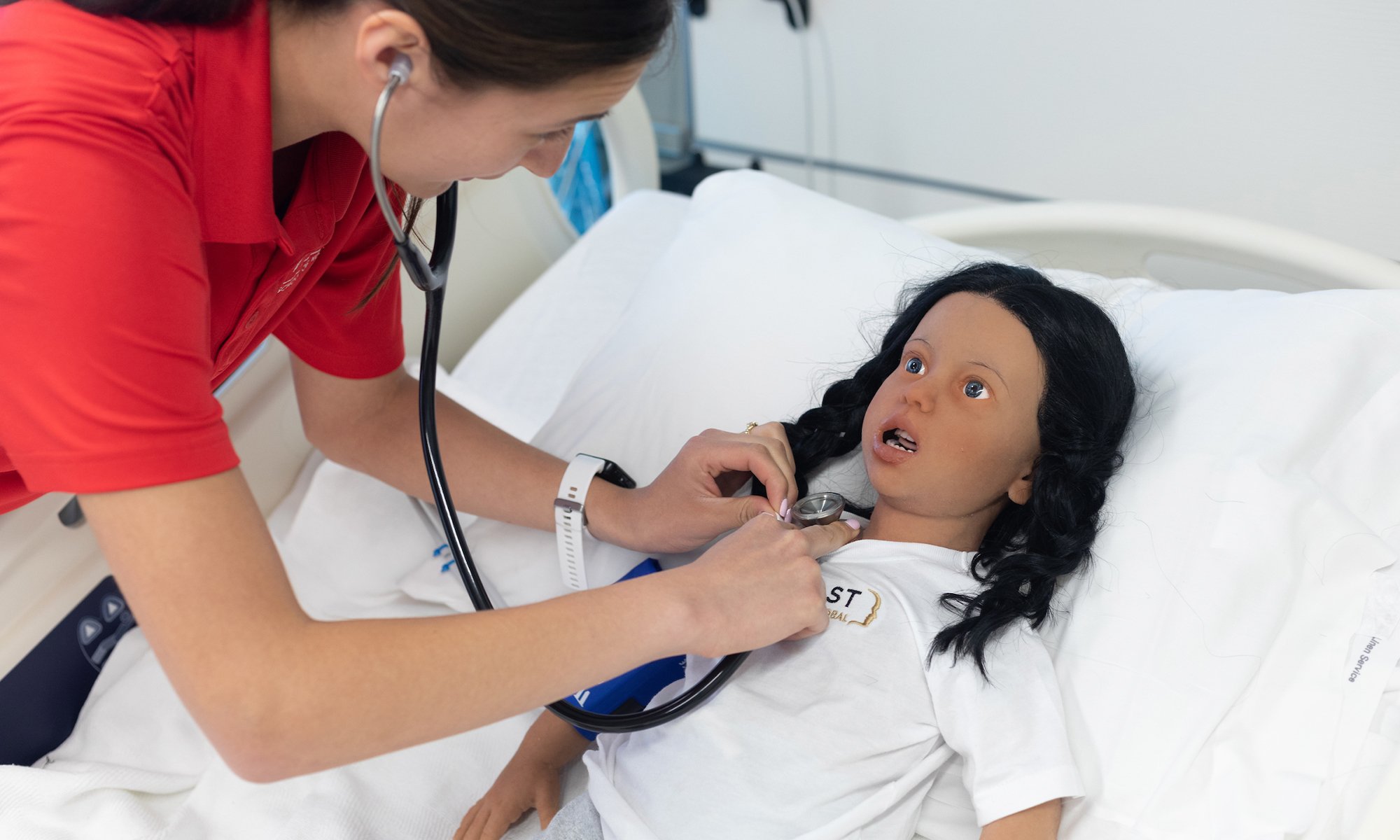
Concordia’s Simulation Lab recently added two new members to the Lifecast manikin family – Bernard and Lilly!
In 2019, CUAA was one of the first universities to acquire a senior adult female manikin a few years ago. These manikins are made known by Lifecast Body Simulation as “the world’s most realistic teaching tool.”
Growing the manikin family
The simulation lab has had the elderly female, known as Bernadette, for almost four years, and after receiving a generous donation from the Edwin J & Ruth M. Shoemaker Foundation, CUAA was able to purchase two more manikins, a senior adult male and a female child. Once they arrived on campus, The Student Nurses Association held a naming contest and decided on Bernard for the man and little Lilly for the child!
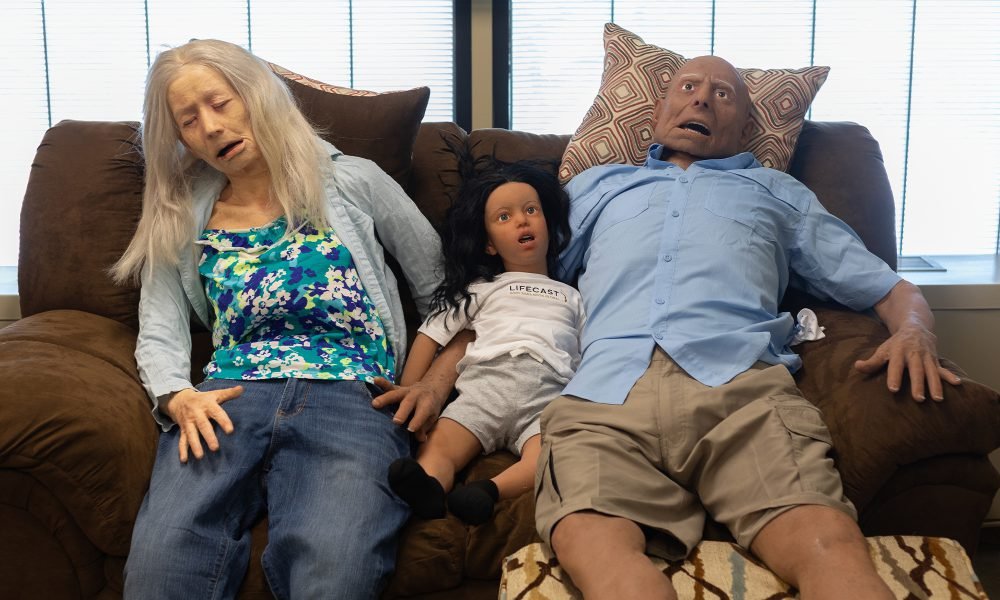
These manikins, now known as Bernadette, Lilly, and Bernard, are not only life-like but they are anatomically accurate to an actual person of the same age person, weight included. For example, the elderly have age spots and the sim lab ordered Bernadette with an open foot wound. The hair, eyebrows, and even fingernails are truly realistic.
In order to acquire a manikin, an organization has to go through an extensive special order process. Every detail is specially picked out, from eye color and hair texture to age, height, and weight. For a while, Lifecast manikins were not easy to find at universities in the United States since the company was located in Great Britain. However, Lifecast has recently moved to the U.S., making their learning and teaching tools far more accessible to American institutions.
“On tours of our sim area, people sometimes get startled when they walk in the room and see them, thinking it’s a real person,” says Anita Simmons, Director of Simulation and Inter-professional education.
Practice makes perfect, for all programs
The realism that Lifecast manikins possess makes for excellent assessment practice, because students don’t have to imagine what elderly skin looks like, they can see it before their eyes. The real-life visual and touch are unlike other manikins on the market.
CUAA’s Ronald and Marvel Jones School of Nursing was determined to have a collection of Lifecast manikins so that the students would be able to practice and feel competent to care for patients of all ages. Within the nursing program, simulations are consistently run, including gerontology, pediatrics, obstetrics, mental health, community health, and medical-surgical nursing. The elderly make up a large population that is most frequently needing medical attention, so we have a larger number of sims with elderly patients.
Although the sim lab is housed in the nursing school, it is shared by multiple programs, including athletic training, occupational therapy, physician assistant, Justice and Public Policy, social work, Child Life, and pre-seminary students. Our physical therapy program also plans to use the sim lab when they begin their classes in the fall.
A closer look
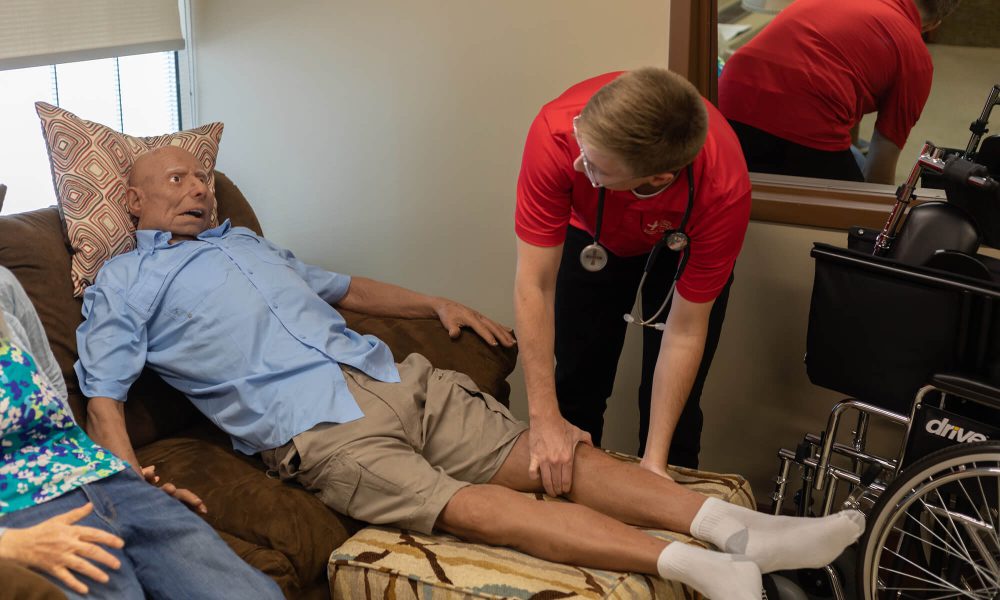
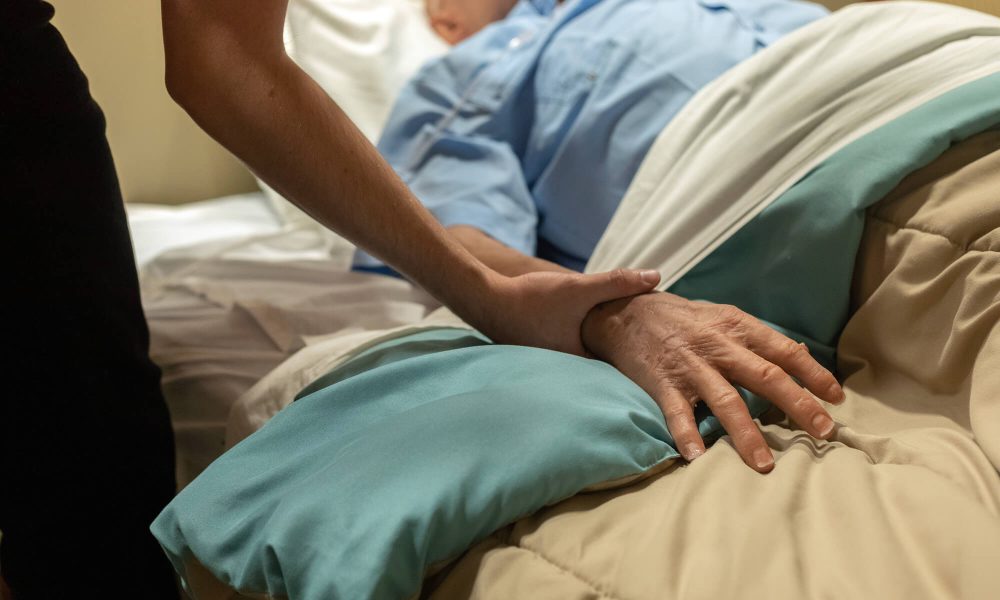
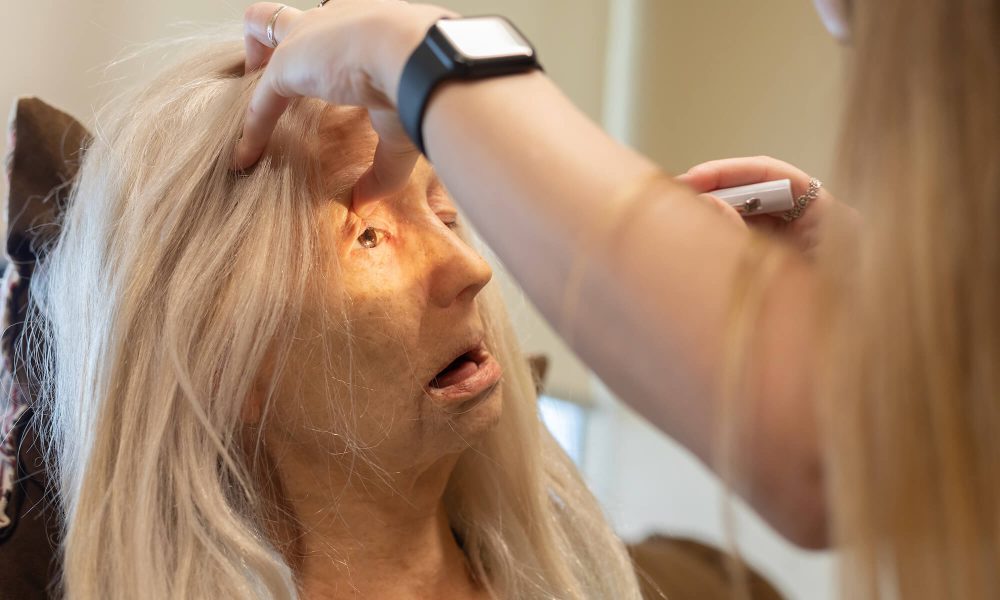
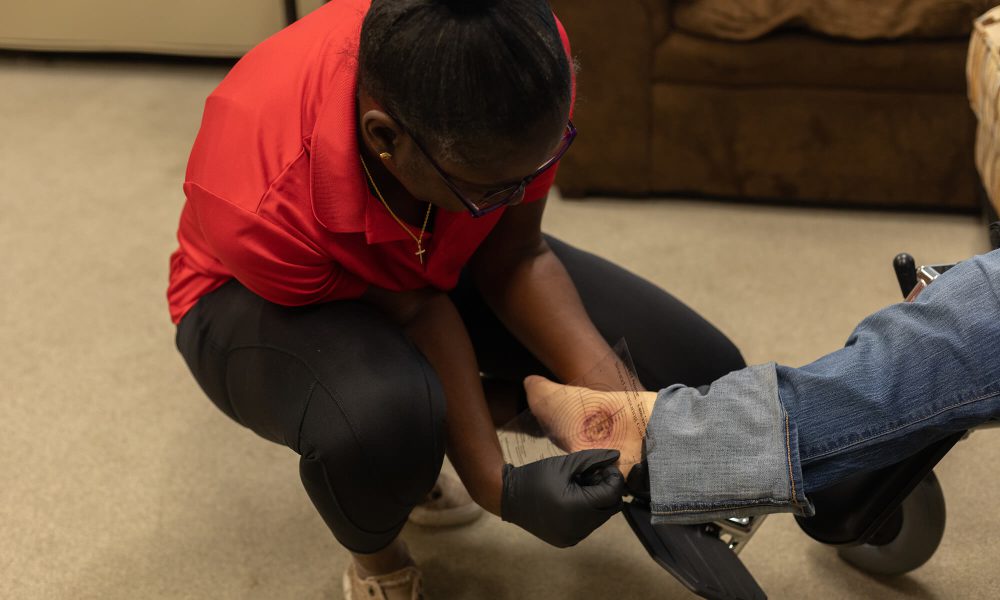
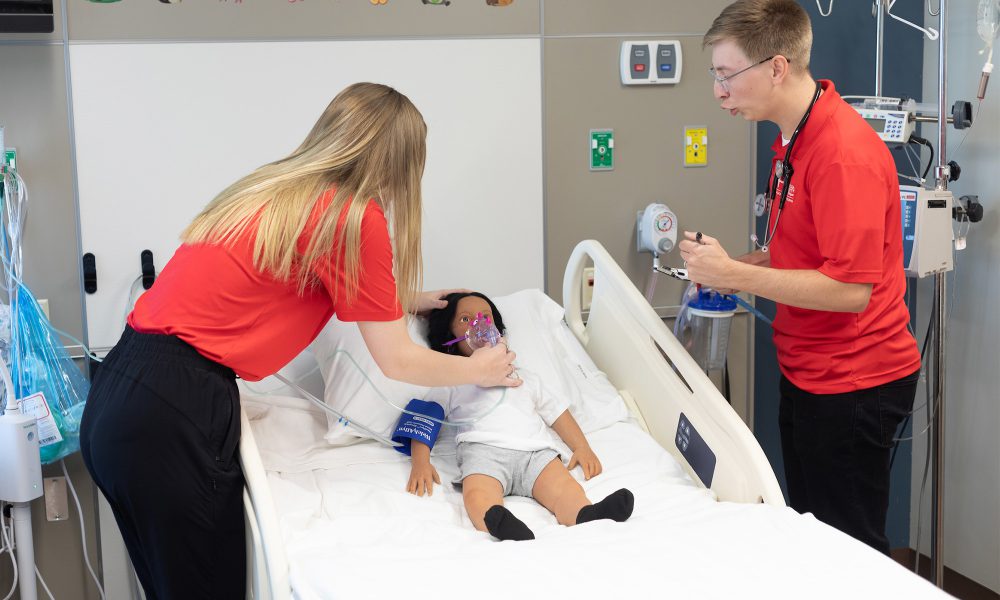
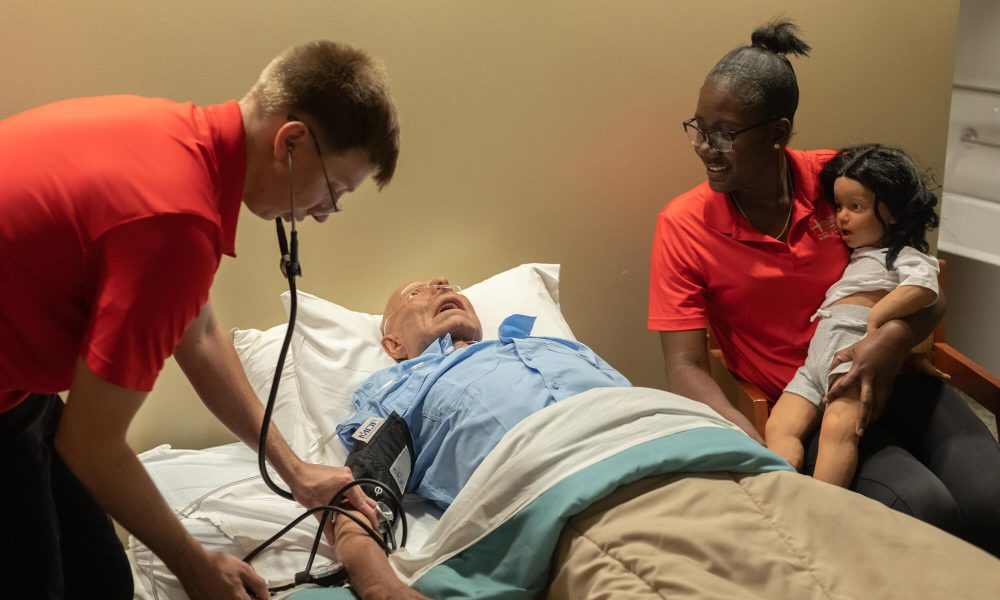
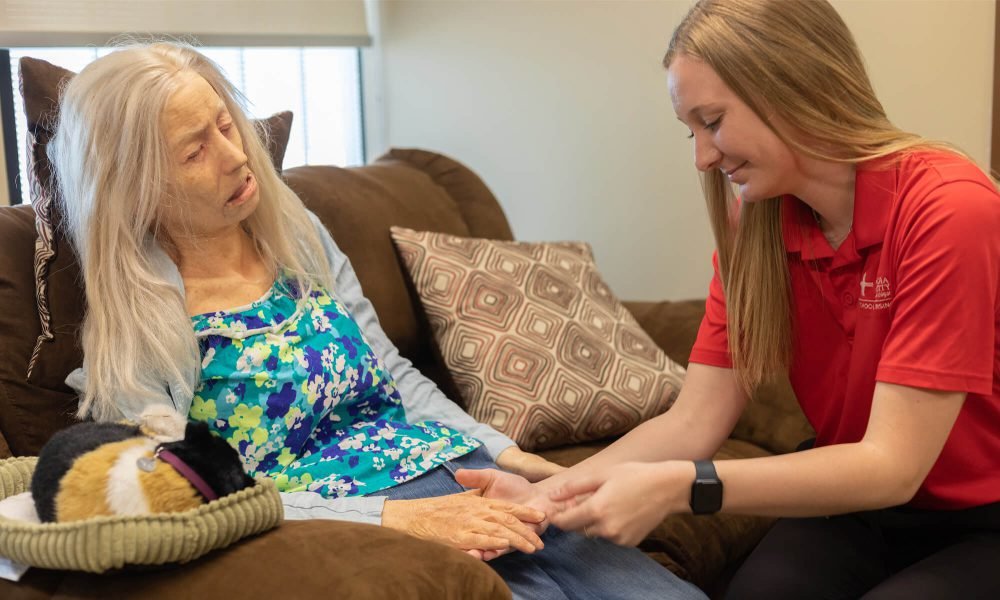
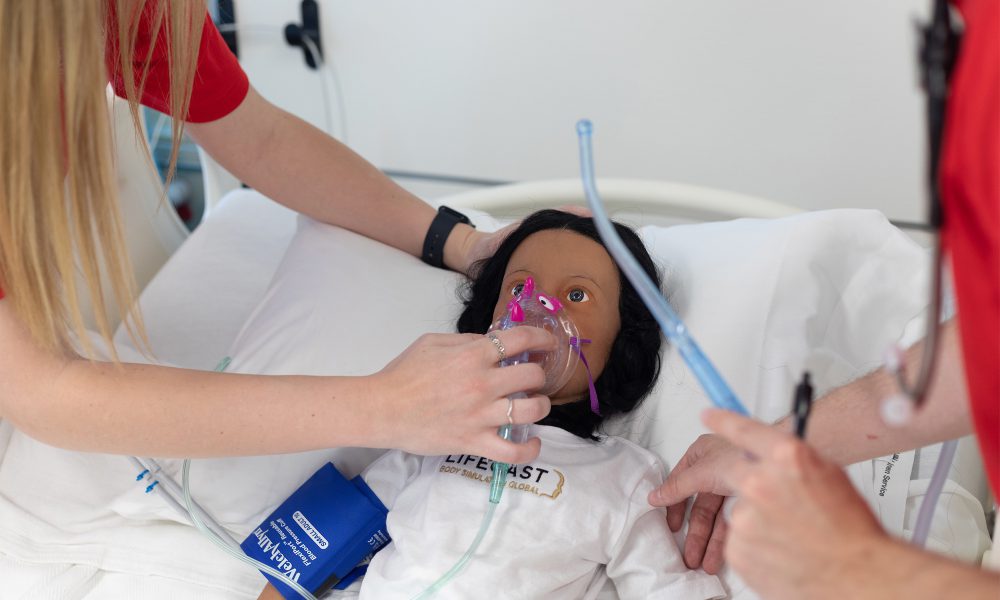
Want in?
The CUAA Simulation program provides an environment where you can apply the knowledge, skills and values learned in the classroom and skills laboratory into weekly simulated nursing practice. Click on the link below to learn more.